
-
Find the right food for your pet
Take this quiz to see which food may be the best for your furry friend.
Find the right food for your pet
Take this quiz to see which food may be the best for your furry friend.
Featured products
 Adult 7+ Perfect Digestion Chicken, Whole Oats & Brown Rice Recipe Dog Food
Adult 7+ Perfect Digestion Chicken, Whole Oats & Brown Rice Recipe Dog FoodScience Diet's breakthrough nutrition supports ultimate digestive well-being & healthy microbiome for dogs age 7+
Shop Now Adult Perfect Weight & Joint Support Chicken Recipe Dry Dog Food
Adult Perfect Weight & Joint Support Chicken Recipe Dry Dog FoodThis weight management and mobility support dog food was created with Hill’s unique understanding of the biology of overweight dogs.
Shop Now Adult 7+ No Corn, Wheat, Soy Chicken & Brown Rice Dog Food
Adult 7+ No Corn, Wheat, Soy Chicken & Brown Rice Dog FoodSupports energy level and beautiful coat in mature dogs
Shop NowFeatured products
 Adult Perfect Digestion Chicken, Barley & Whole Oats Recipe Cat Food
Adult Perfect Digestion Chicken, Barley & Whole Oats Recipe Cat FoodScience Diet's breakthrough nutrition supports ultimate digestive well-being & healthy microbiome
Shop Now Perfect Weight Salmon & Vegetable Canned Cat Food
Perfect Weight Salmon & Vegetable Canned Cat FoodOver 70% of cats lost weight within 10 weeks when fed this nutrition
Shop Now Adult Savory Chicken Entrée Cat Food
Adult Savory Chicken Entrée Cat FoodPrecisely balanced nutrition with the delicious taste of savory minced chicken to help fuel the energy needs of cats during the prime of their life
Shop Now -
Dog
- Dog Tips & Articles
-
Health Category
- Weight
- Food & Environmental Sensitivities
- Urinary
- Digestive
- Joint
- Kidney
-
Life Stage
- Puppy Nutrition
- Adult Nutrition
- Senior Nutrition
Cat
- Cat Tips & Articles
-
Health Category
- Weight
- Skin & Food Sensitivities
- Urinary
- Digestive
- Kidney
-
Life Stage
- Kitten Nutrition
- Adult Nutrition
Featured articles
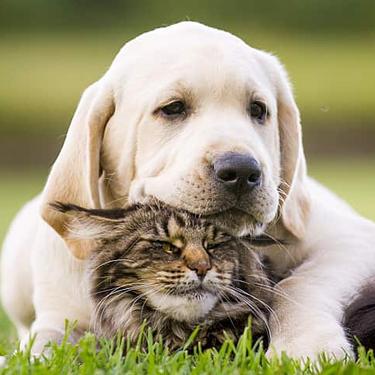 The Incredible Science Behind Your Pet's Microbiome
The Incredible Science Behind Your Pet's MicrobiomeLearn what a pet's microbiome is, how it contributes to your pet's gut & overall health, and why nutrition is important in maintaining healthy microbiomes.
Read More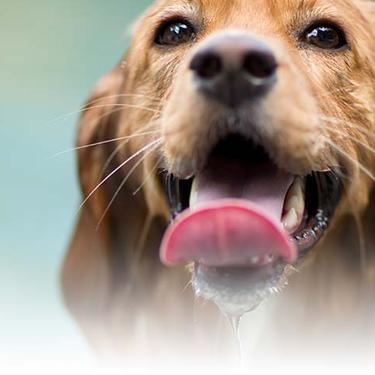 Water
WaterDiscover why water is the most important nutrient for your dog or cat to live a healthy life. Find out how much water your pet should consume each day.
Read More Pet Food Storage Tips
Pet Food Storage TipsDiscover how and where to store your dry, as well as canned, dog and cat food. Learn how to find the "best before" dates on all Hill's pet food packaging.
Read More -
Find the right food for your pet
Find the right food for your pet


Have you ever found yourself researching for a "cat-proof toilet paper holder" in order to protect your toilet paper (TP) from the wrath of kitty claws? When you welcome a cat into your home, you may not expect needing to buy something special to protect your toilet paper — but in some cases, it might be necessary. Read on to learn why cats love to unravel toilet paper and how you can go about making a protective toilet paper holder.
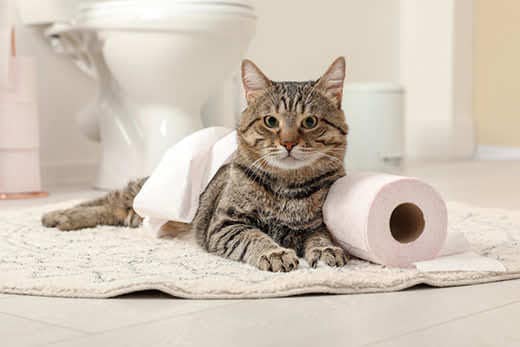 Why Do Cats Unravel Toilet Paper?
Why Do Cats Unravel Toilet Paper?
Cats will unravel a roll of TP for a few reasons, but mainly because it's a way to engage their hunting instincts and to alleviate boredom. As the Cornell University College of Veterinary Medicine emphasizes, your feline friend isn't "out to get you" when they mess around with household items like toilet paper. To them, it's playtime! In certain situations, a cat may chew on toilet paper because they aren't feeling well. If you notice your cat ingesting toilet paper, speak with your veterinarian to discuss any possible underlying health issues.
Most often, your furry friend is just goofing around with TP because it's fun: It's soft and pliable, and your kitty can "catch" it like prey. A cat-proof toilet paper holder is the easiest and most efficient way to keep your TP out of harm's way.
Making a DIY Cat Toilet Paper Holder: What You'll Need
There are plenty of cat-proof toilet paper holders on the market that can do the job, but with minimal time and a few materials, you can create a DIY cat toilet paper holder cover that protects your TP and your bank account. For this project, you can either repurpose items already found in your home or purchase a plastic container — and it'll only take about 10 to 15 minutes from start to finish.
Before you start this project, make sure that you have all of the materials you need, including:
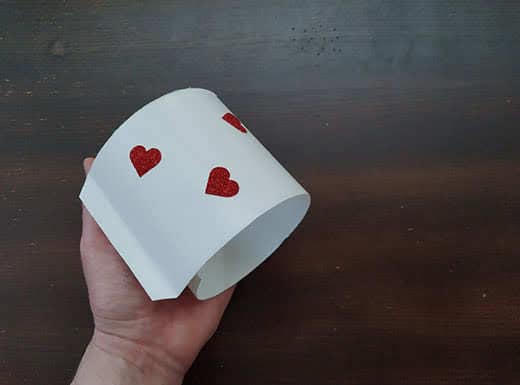
- A large plastic tube container (disinfecting or antibacterial wipe containers are great options, as are plastic beverage bottles)
- A ruler
- A pair of scissors or a box cutter
- Stickers, markers or duct tape for decorating (optional)
Be sure to use a large container because a small one won't leave enough room for the toilet paper to unroll.


Tasty Tips
How to Make a Cat-Proof Toilet Paper Holder
Once you have your materials, follow these steps to complete your project:
- Clean and rinse the container thoroughly. If using a container for wipes, rinse well with water to remove all traces of the cleaner.
- Remove the lid and label from the container. Pro tip: Olive oil is a great non-toxic way to help remove label glue.
- Cut off the bottom and top edges of the container so that you're left with a four-inch wide tube. This four-inch tube is your TP cover. A roll of toilet paper is four inches wide, and you want the cover to align with the roll and fit onto a standard toilet paper holder.
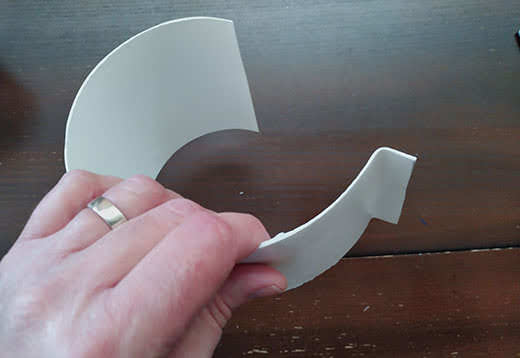
- Cut a straight line along the length of the plastic tube.
- Trim the corners of one end of the four-inch wide strip. Bend back and crease that end along a line that's about half an inch wide.
- The plastic strip tends to curl. Coil it tightly with the trimmed corner end on the outside to help shape the roll cover.
- Decorate with stickers or markers that match your bathroom decor. Or, go all out and decorate with cat stickers!
- Slip the roll cover over the toilet paper roll. The cover will slide a bit around the roll, but this is what you want; this allows the end of the roll to be retrieved from under the creased edge of the cover.
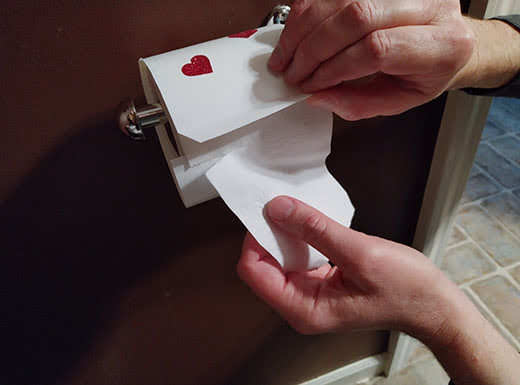 If your cat is clever (and aren't they all?), they will probably try to push or pull the roll off the holder entirely, but this DIY cat-proof toilet paper holder cover will discourage them. A holder that is secure on both sides, coupled with this cover, reinforces your security system.
If your cat is clever (and aren't they all?), they will probably try to push or pull the roll off the holder entirely, but this DIY cat-proof toilet paper holder cover will discourage them. A holder that is secure on both sides, coupled with this cover, reinforces your security system.
Cats of all ages can get into mischief, often when you're not at home or if you're not giving them your full attention. Having a cat-proof toilet paper holder guards your TP and also helps to redirect your feline friend to play with other fun toys, like catnip mice, jingly balls or even crumpled up pieces of paper.


Christine O'Brien is a writer, mom, and long-time cat parent whose two Russian Blues rule the house. Her work also appears in Care.com, What to Expect, and Fit Pregnancy, where she writes about pets, pregnancy, and family life. Find and follow her on Instagram and Twitter @brovelliobrien.
Related products

Science Diet's breakthrough nutrition supports ultimate digestive well-being & healthy microbiome

Feline Adult Perfect Weight Variety Pack

Over 70% of cats lost weight within 10 weeks when fed this nutrition

Precisely balanced nutrition with the delicious taste of savory minced chicken to help fuel the energy needs of cats during the prime of their life
Related articles
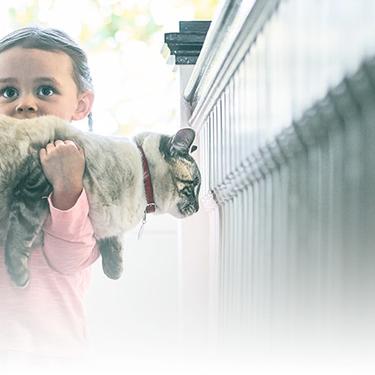
Discover how to identify cat sensitive skin and what you can do to help your cat thrive from head to paw.
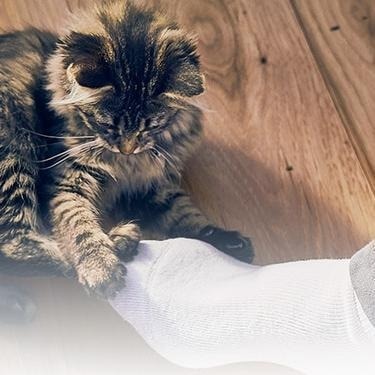
Discover which cat toys games your feline friend might like, and how they are great sources of exercise. Explore our library of articles to learn more.
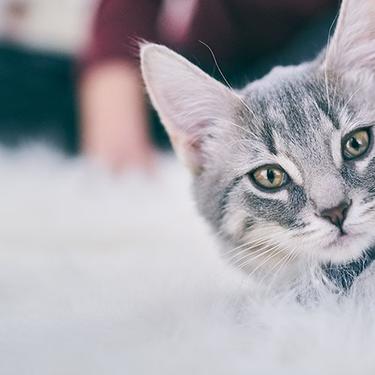
Discover the benefits of Hill's line of kitten foods and how they provide complete and balance nutrition for growing kittens.
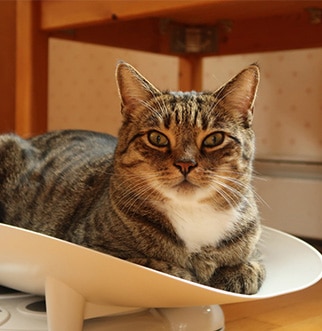
How do you get a cat to lose weight? Learn all about cat foods for weight loss, including how to choose weight control cat food and exercise tips.

Put your cat on a diet without them knowing
Our low calorie formula helps you control your cat's weight. It's packed with high-quality protein for building lean muscles, and made with purposeful ingredients for a flavorful, nutritious meal. Clinically proven antioxidants, Vitamin C+E, help promote a healthy immune system.
Put your cat on a diet without them knowing
Our low calorie formula helps you control your cat's weight. It's packed with high-quality protein for building lean muscles, and made with purposeful ingredients for a flavorful, nutritious meal. Clinically proven antioxidants, Vitamin C+E, help promote a healthy immune system.

